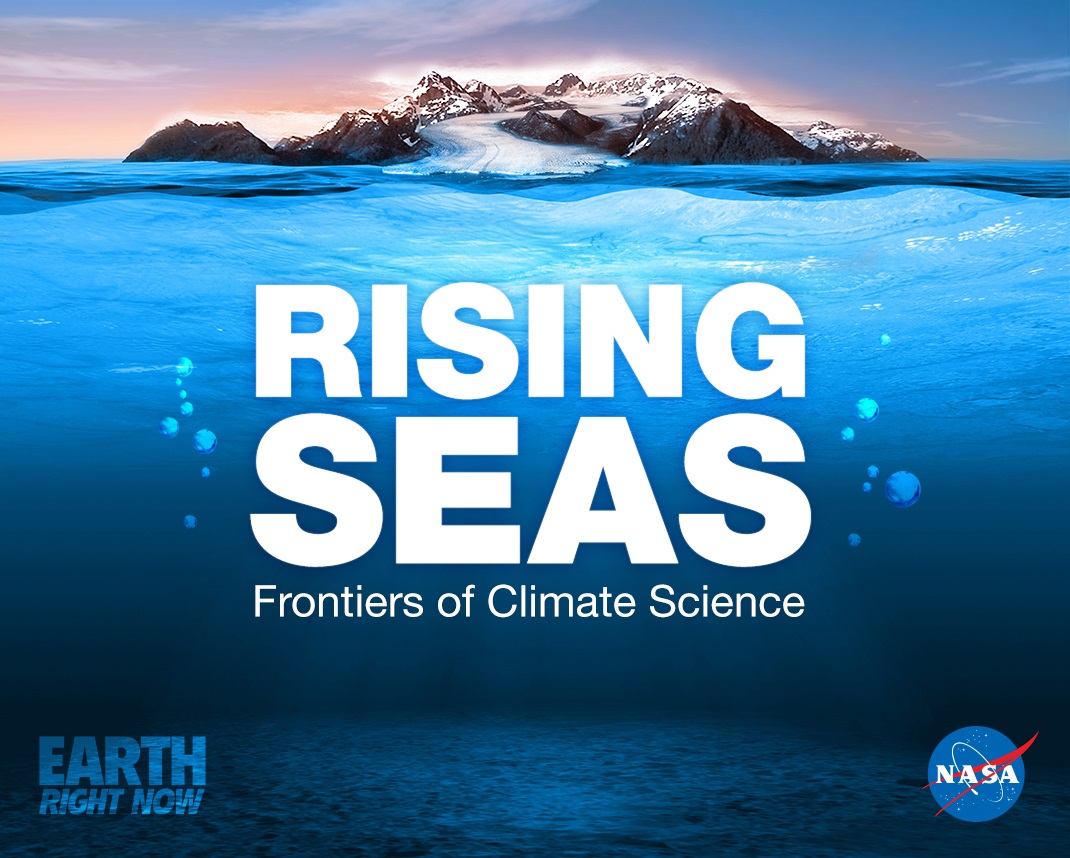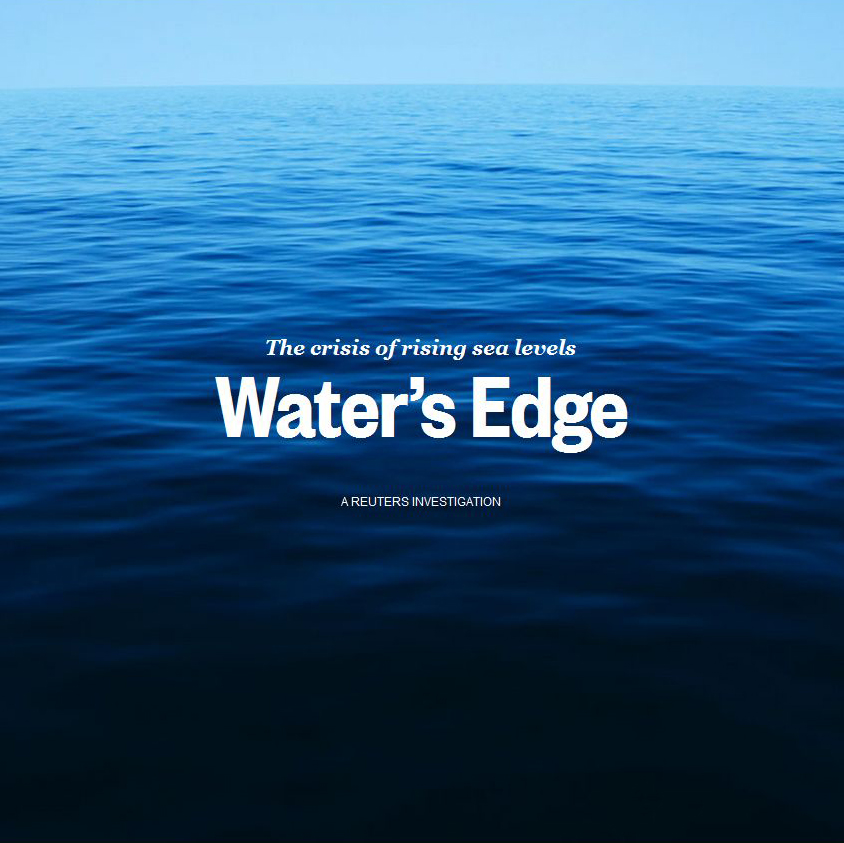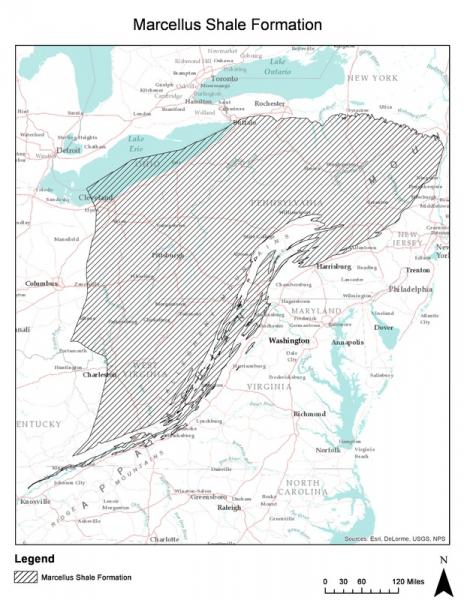You are here
Wed, 2013-10-02 10:04 — Gina Angiola
This group is focused on transmission of new information and analyses related to climate change in Maryland, as well as development and sharing of best practices for mitigation and adaptation.
This group is focused on transmission of new information and analyses related to climate change in Maryland, as well as development and sharing of best practices for mitigation and adaptation.
Add Content to this group
Email address for group
climate-change-md@m.resiliencesystem.org

 Glacial Rebound: The Not So Solid Earth
Glacial Rebound: The Not So Solid Earth





Recent Comments